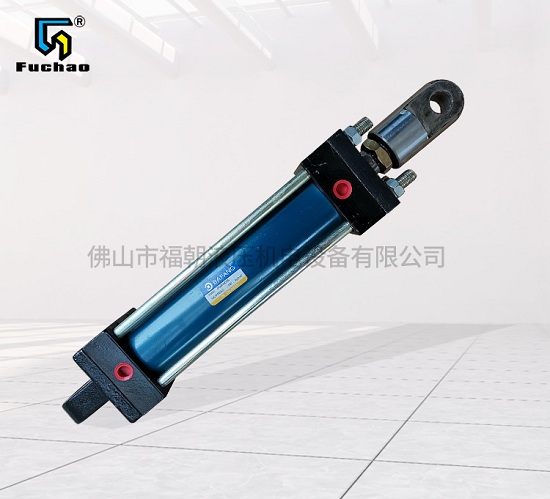Oil cylinder manufacturer The production plan can be formulated from the following aspects:
1. Market demand analysis:
First, we need to analyze the market demand to understand the customer's demand, variety demand, price demand, etc.
Relevant data can be obtained through market research, customer feedback, etc.
At the same time, we should also pay attention to the situation of competitors, understand their product positioning and market share, so as to formulate corresponding production plans.
2. Purchase plan:
According to the market demand and product specifications, formulate the corresponding raw material purchase plan.
Factors such as reliability, price and quality of raw material supply shall be taken into consideration to ensure the continuity of production and product quality.
3. Production capacity analysis:
Evaluate the production capacity of the enterprise itself, including equipment, human resources and process technology.
The reasonable production plan shall be formulated according to the production capacity, and the volatility and seasonality of market demand shall be taken into consideration for timely adjustment.
4. Production line configuration:
Reasonably configure production line equipment according to product types and specifications to ensure production efficiency and product quality.
At the same time, the flexibility of the production line should be taken into account to enable it to adapt to the production needs of different products and improve the flexibility and adaptability of production.
5. Human resources plan:
According to the requirements of the production plan, formulate the demand plan for human resources, including production workers, management personnel and technicians.
According to the actual situation of the enterprise, evaluate the capacity and shortage of existing human resources, and timely conduct job recruitment, training and adjustment to meet production needs.

6. Production progress control:
Formulate corresponding production schedule control plan according to the production plan.
By making MOs, production schedules and production progress records,
Effectively monitor and control the production process, Ensure that the production tasks are completed on time and meet the requirements of product quality.
7. Inventory management:
Make reasonable inventory management plan according to the requirements of production plan.
Control the inventory level of raw materials, semi-finished products and finished products, and avoid problems such as capital occupation, overdue products and unsalable products caused by excessive inventory,
At the same time, it is also necessary to prevent the risk of production interruption and order failure to be delivered in time due to insufficient inventory.
8. Quality control:
Formulate corresponding quality control plans to ensure that products meet customer requirements and relevant standards.
Through establishing a quality management system, setting up quality inspection points, strengthening staff training and improving quality awareness,
Continuously improve the quality management system, improve product quality and customer satisfaction.
9. Marketing strategy:
According to the market demand and the enterprise's own development strategy, formulate the corresponding marketing strategy.
The market competitiveness of products can be improved and more sales opportunities can be created through price reduction promotion, increasing product varieties, developing new sales channels, etc.
10. Risk management:
Formulate corresponding risk management plan, and conduct risk assessment and control on production plan.
It is necessary to deal with various possible risks in time, such as interruption of raw material supply, equipment failure, insufficient human resources, etc., to avoid production interruption and loss.
The above are the main contents of the production plan of the oil cylinder manufacturer, which can be flexibly adjusted and supplemented by the enterprise according to its own actual situation. Making a scientific and reasonable production plan is of great significance to improve production efficiency, meet customer needs, reduce costs and risks.




